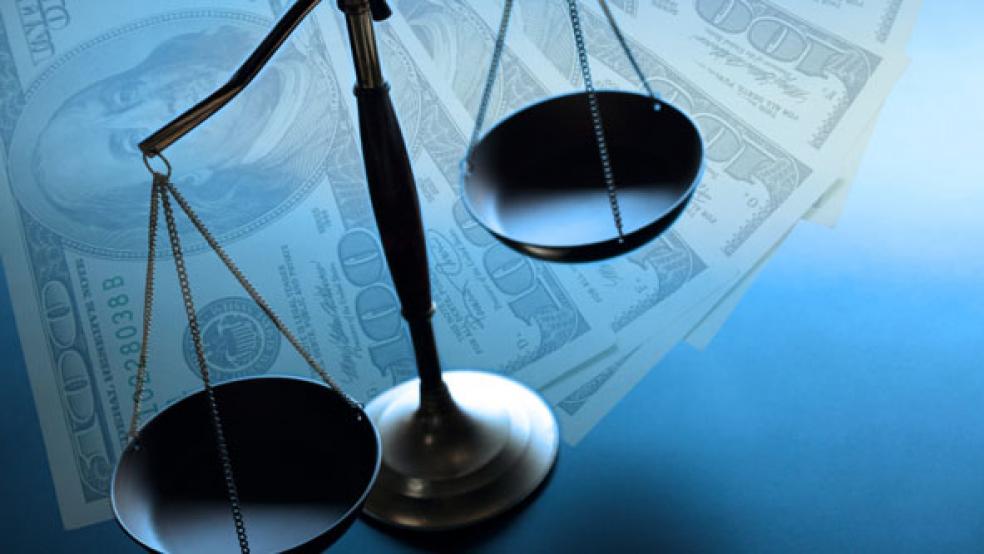Sooner or later, the United States will enter another recession. As we told you last week, when that time comes, the focus will be on fiscal policy and how or whether policymakers step up to boost the economy at a time when deficit are already near $1 trillion a year and projected to climb still higher. What’s a budget hawk to do when faced with the prospect of a painful recession and the need for fiscal stimulus to fight it?
The Committee for a Responsible Federal Budget proposed an answer Tuesday by issuing what it calls a “responsible plan to combat the next recession.” The nonpartisan fiscal watchdog group says that “policymakers should not allow the very serious threat of rising long-term debt to prevent them from considering near-term stimulus if the economy weakens substantially.” Instead, it urges them to prepare a plan ahead of time that pairs near-term stimulus (and deficit increases) with longer-term deficit reduction.
The plan, meant to be illustrative rather than prescriptive, extends unemployment benefits, reduces the payroll tax for two years, temporarily increases Medicaid payments to the states and calls for $300 billion in infrastructure investments. In all, that stimulus would cost about $600 billion, though that figure could vary significantly depending on the depth of the economic downturn and the political considerations that will determine the details of any stimulus package.
To offset those costs over the longer term, CRFB offers two paths: One would essentially cover the additional costs of a stimulus plan over 10 years (while reducing deficits by as much as $2 trillion over a longer period of time) while the other would more aggressively bring down deficits. “While it would be counter-productive to offset the cost of stimulus measures while the economy is in recession, it would be prudent to pay for their costs over time so they do not add to the debt,” CRFB says. “Ideally, a bill to rescue the economy would reduce debt over the long term, which would both improve long-term growth and leave the nation better prepared for future recessions.”
The state of U.S. politics would likely make both paths difficult and contentious, especially since the pay-fors in both CRFB plans include switching to a measure of inflation that’s expected to reduce the growth of Social Security benefits over time. The more aggressive plan would also change the retirement age and raise Social Security taxes to make the program solvent over 75 years. And to pay for infrastructure projects, the modest plan calls for a gas-tax hike while the “bold” plan would introduce a carbon tax. None of those recommendations would be easy to accomplish given the current state of our politics.
The bottom line: The details of a stimulus plan and any offsets would, of course, be of tremendous importance when faced with an economic downturn, but for the moment they may be less critical than the broader point CRFB raises: Concerns about the rising deficit don’t have to keep policymakers from giving the economy the jolt it needs in the next economic downturn.





